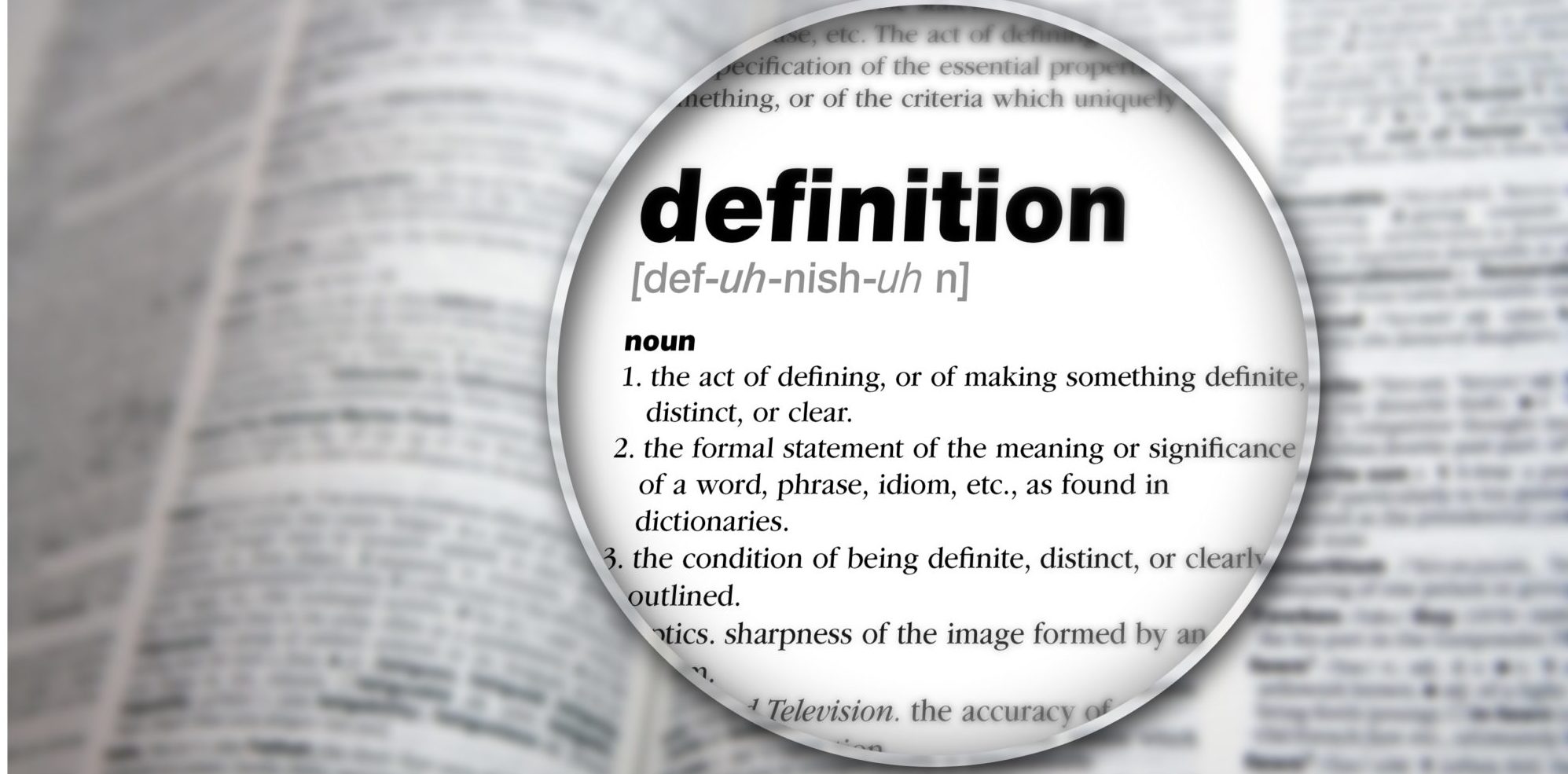This article explores the meaning of “inseki” in Japanese, examining its usage, cultural significance, and the nuances of family relationships it represents. Delve into the captivating narrative and identify the correct statements about the life of Ayuba Diallo.
What is Inseki?
In Japanese culture, family connections extend beyond bloodlines, particularly through marriage. “Inseki” (姻戚) is the formal term encompassing relatives by marriage. It’s a concept richer than simply “in-laws,” representing the entire web of relationships woven when families unite through marriage.
Defining Inseki’s Role in Japanese Kinship
“Inseki” signifies the network of relatives acquired through marriage. While often translated as “in-laws,” it has a broader scope, including not just parents-in-law but also siblings-in-law, their spouses, and extended family members connected through the marital union. It’s important to note that “inseki” excludes blood relatives.
Formal vs. Informal Usage
“Inseki” is generally considered a formal term. You’re more likely to find it in official documents, legal contexts, or formal discussions about family structures. In casual conversations, it might sound stiff and overly formal.
Addressing In-Laws Directly
When addressing in-laws directly, the prefix “giri no” (義理の) is used. For example, “giri no haha” (義理の母) means mother-in-law. This prefix respectfully acknowledges the relationship established through marriage.
The Cultural Significance of Respect and Harmony
Using appropriate terminology for in-laws demonstrates respect and fosters harmony within the family, reflecting the importance of family ties in Japanese culture.
Examples of Inseki and Direct Address Terms
The table below provides examples of “inseki” and direct address terms:
| English | Japanese (Kanji) | Japanese (Hiragana) | Japanese (Romaji) | Direct Address (Japanese) | Direct Address (Romaji) |
|---|---|---|---|---|---|
| Father-in-law | 義父 | ぎふ | gifu | 義理の父 | giri no chichi |
| Mother-in-law | 義母 | ぎぼ | gibo | 義理の母 | giri no haha |
| Older Brother-in-law | 義兄 | ぎけい | gikei | 義理の兄 | giri no ani |
| Younger Brother-in-law | 義弟 | ぎてい | gitei | 義理の弟 | giri no otouto |
| Older Sister-in-law | 義姉 | ぎし | gishi | 義理の姉 | giri no ane |
| Younger Sister-in-law | 義妹 | ぎまい | gimai | 義理の妹 | giri no imouto |
| Spouse | 配偶者 | はいぐうしゃ | haigūsha |
Inseki vs. Shinseki: Clarifying the Difference
While “inseki” refers specifically to relatives by marriage, “shinseki” (親戚) encompasses all relatives, including both blood relatives and those connected through marriage. Therefore, your “inseki” are a subset of your “shinseki.” Unlock the secrets to perfect popcorn and discover the instructions for Whirley Pop for a truly unforgettable snacking experience.
Why the Distinction Matters
Understanding this difference is crucial for accurate communication and cultural sensitivity. Using the correct term shows respect and avoids potential misunderstandings.
Inseki-kankei: Relationships Between In-Laws
“Inseki-kankei” (姻戚関係) refers specifically to the relationship between in-laws, acknowledging the complex dynamics and connections within this expanded family network.
Illustrative Examples
| Term | English Translation | Example |
|---|---|---|
| Inseki (姻戚) | Relatives by marriage | My inseki are coming to visit next week. (My in-laws…) |
| Shinseki (親戚) | All relatives (blood and by marriage) | I had dinner with my shinseki. (My relatives…) |
| Inseki-kankei (姻戚関係) | Relationship between in-laws | The inseki-kankei can be complex. (The in-law dynamic…) |
Mikage: A Deeper Dive into Inseki
“Mikage,” often used interchangeably with “inseki,” also refers to relatives by marriage. Examining the kanji characters of “inseki” illuminates its meaning: 姻 (in) symbolizes marriage, and 戚 (seki) represents kinship, together signifying kinship created through marriage.
Cultural Significance and Nuances
“Mikage” reflects the profound significance of marital bonds in Japanese culture, where respect for elders and harmonious family relationships are paramount. It highlights the social dynamics and obligations associated with in-law relationships. Some experts believe that regional variations in the use and interpretation of “mikage” likely exist, influenced by local dialects and customs.
Mikage as a Given Name
Interestingly, “Mikage” can also be a given name. The kanji used to write it can convey different meanings, such as 美景 (beautiful scenery) or 光影 (light and shadow).
Addressing Potential Misinterpretations
Some online sources may incorrectly link “inseki” to other meanings. These are likely misinterpretations. The core meaning of “inseki/mikage” remains centered on relatives by marriage.
Further Exploration and Ongoing Research
While our current understanding of “inseki” and “mikage” is extensive, ongoing research into Japanese social customs and language evolution might reveal further nuances. Exploring these intricacies offers valuable insights into the heart of Japanese family life. This includes exploring potential regional variations in terminology and the evolving impact of modern family structures on these traditional concepts. There is debate about the extent to which traditional values still influence family dynamics, and ongoing research continues to shed light on this evolving landscape. Therefore, it’s important to avoid definitive pronouncements and instead encourage further exploration and understanding of this fascinating aspect of Japanese culture.
- Red Cloud, NE: Discover Willa Cather’s Legacy - April 11, 2025
- Remember Old Social Media Sites? Their Rise and Fall - April 11, 2025
- How many days till Feb 3?Accurate Countdowns & Tools - April 11, 2025
















